

Cereton Injection, Vinpocetine 10 mg/2 ml
Inhouse product
-
৳11.40
৳12.00 -
৳42.75
৳45.00 -
৳16.63
৳17.50 -
৳2.14
৳2.25
Reviews & Ratings
Indications
Acute Cerebro-Vascular
Accidents (Strokes): Ischaemic strokes
due to cerebral thrombosis, cerebral embolism, acute circulatory disorder,
hypertensive crisis; the acute cardiovascular disorders, ischaemic neurological
defcit, complete stroke (CS), multiinfarct dementia, cerebral arteriosclerosis,
hypertensive encephalopathy, post-apoplectic conditions with the background of
haemorrhagic strokes etc.
Senile Disorder: For relief of psychosomatic symptoms in the
elderly due to cerebral insufciency eg. forgetfulness, memory disturbances,
slow thinking, lack of concentration, dizziness, mood instability, aphasia,
sleep disturbances, vasovegetative symptoms of menopausal syndrome etc.
Visual Disorder: Vascular disorders of the choroid and retina
due to arteriosclerosis. Vasospasm, macula degenerations, arterial or venous
thrombosis or embolism and glaucoma secondary to the above mentioned disorders.
Hearing Disorder: For the treatment of impaired hearing of
vascular or toxic (iatrogenic) origin presbyacusis, meniere's disease,
cochleovestibular neuritis, tinnitus and dizziness of labirynth origin.
* রেজিস্টার্ড চিকিৎসকের পরামর্শ মোতাবেক ঔষধ সেবন করুন'
Pharmacology
Vinpocetine increases
cerebral metabolism; it increases glucose and O2 consumption; improves cerebral
hypoxia tolerance; shifts glucose metabolism to the energetically more
favourable aerobic pathway, but it increases the anaerobic pathway as well; it
elevates the ATP concentration and the ATP/AMP ratio in the brain, and elevates
the cerebral norepinephrine, dopamine and serotonin levels.
Vinpocetine considerably improves cerebral microcirculation by inhibiting
platelet aggregation, reducing the pathologically increased blood viscosity, and
increases erythrocyte deformability. It also promotes O2 transport
into the tissues by reducing the O2 affinity of erythrocytes.
It selectively and intensely increases cerebral blood flow and the share of the
brain in cardiac output, it reduces cerebral vascular resistance without
affecting systemic circulation (blood pressure, heart rate, cardiac output,
total peripheral resistance). It does not elicit steal phenomenon; on the
contrary, it primarily improves the blood supply of the injured and ischaemic
area while it remains unchanged in the intact areas (inverse steal effect). It
further increases blood flow which is already increased as a result of hypoxia.
Dosage &
Administration
Tablet: 1-2 tablets thrice daily, the maintenance
dose is 1 tablet thrice daily.
IM Injection: Daily dose of 20-40 mg are to be given until
improvement of symptoms is reached (for not longer than 10 days) then oral
treatment should be applied. If this regimen fails, infusion treatment should
be started.
IV Infusion: The daily starting dose is 20 mg in slow
drip infusion (2 ampoules in 500-1000 ml infusion solution). This dose can be
increased to 1 mg/kg body weight during 3 to 4 days. Treatment should be
continued for 10-14 days depending on the tolerance of the patients and the
dose should be gradually reduced before discontinuation of treatment.
* রেজিস্টার্ড চিকিৎসকের পরামর্শ মোতাবেক ঔষধ সেবন করুন'
Interaction
The injection is
chemically incompatible with heparin, therefore, it should not be injected in
the same syringe.
Contraindications
Parenteral treatment-
Severe ischaemic heart disease, severe rhythm disorders and pregnancy.
Side Effects
Transient hypotension,
tachycardia may occur.
Pregnancy &
Lactation
In Pregnancy and
Lactation the drug is contraindicated.
Precautions &
Warnings
In the acute stage
until the improvement of symptoms parenteral treatment is recommended followed
by oral treatment. In chronic cases oral therapy should be applied.
Therapeutic Class
Cerebral vasodilator
& Neurosensory oxygenator drugs
Storage Conditions
Store in a cool and dry place, protected from
light and moisture.
Frequently Bought Products
Anadol Suppository , Tramadol Hydrochloride 100 mg
Deflacort Tablet, Deflazacort 30 mg
Rosugen Tablet, Rosuvastatin Calcium 10 mg
QTP Tablet, Quetiapine Fumarate 100 mg
Menoral Tablet, Norethisterone Acetate 5 mg
Fentizol VT Vaginal Tablet, Fenticonazole Nitrate 600 mg
Product Queries (0)
Login Or Registerto submit your questions to seller
Other Questions
No none asked to seller yet
-
৳11.40
৳12.00 -
৳42.75
৳45.00 -
৳16.63
৳17.50 -
৳2.14
৳2.25
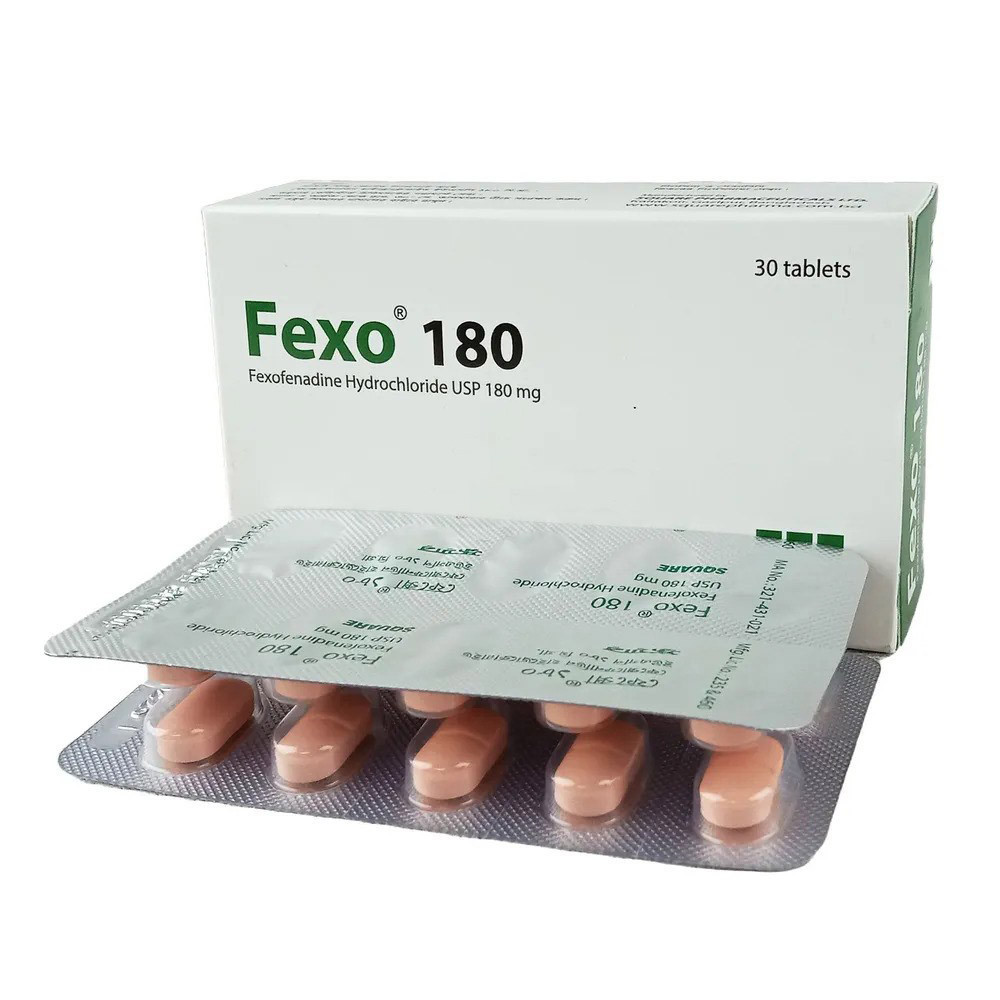



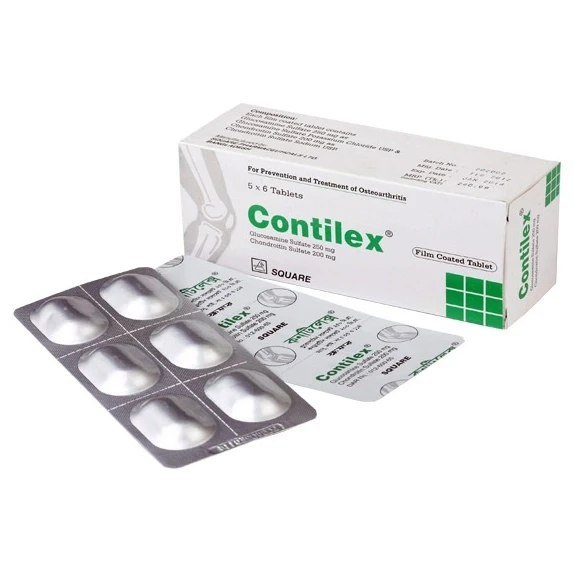
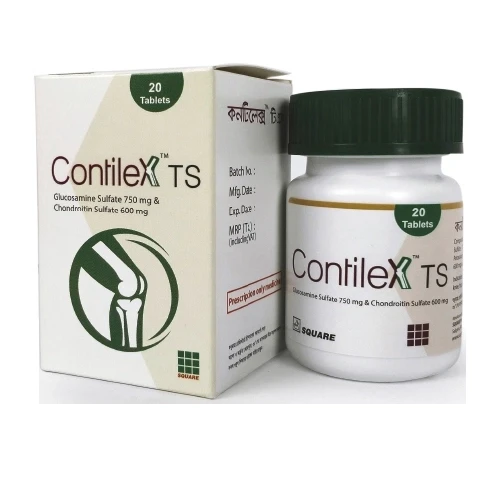


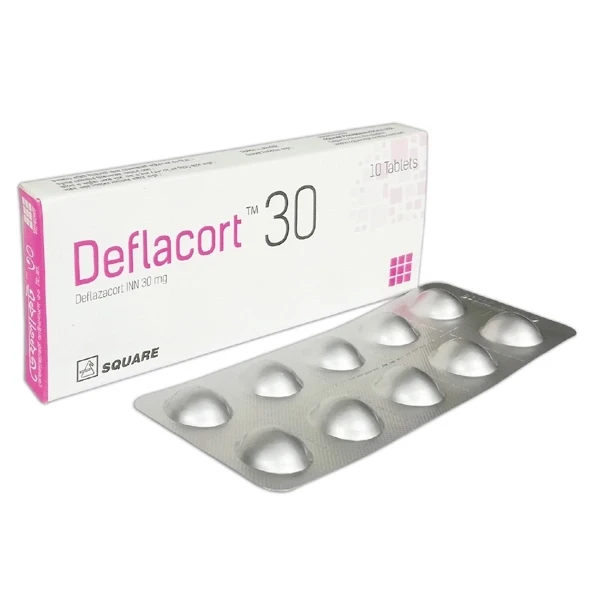
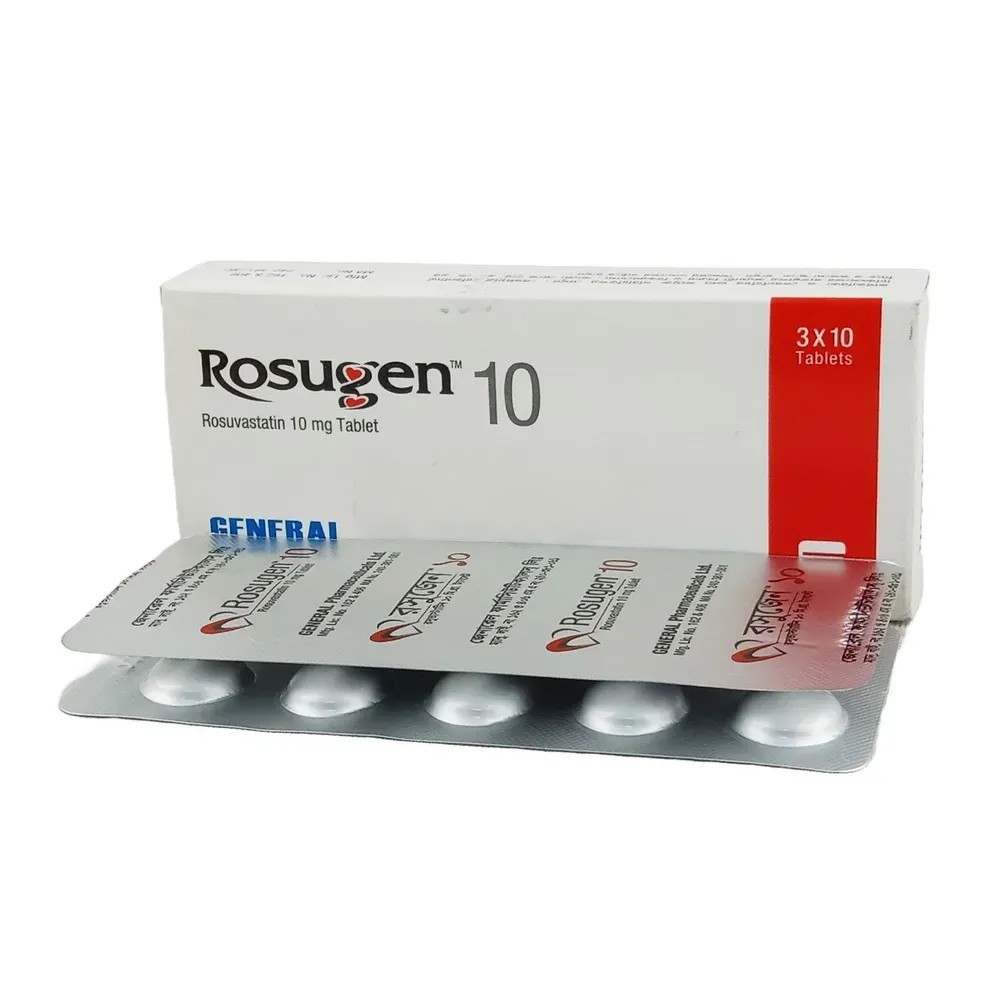
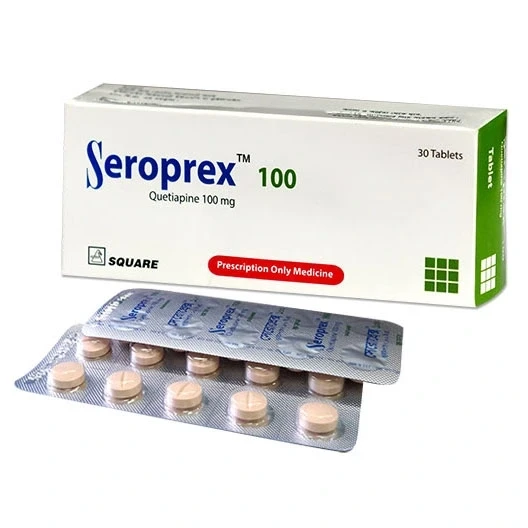


![E-fill Capsule, Vitamin E [Alpha Tocopherol Acetate] 400 mg](https://www.skpharma.com.bd/public/uploads/all/geKM7TmZYAzg0VmX9FKMiQVdaWRVuuApl5XG1MLi.webp)



